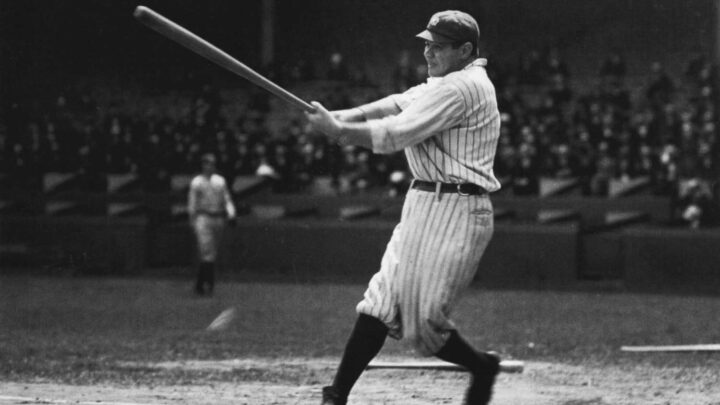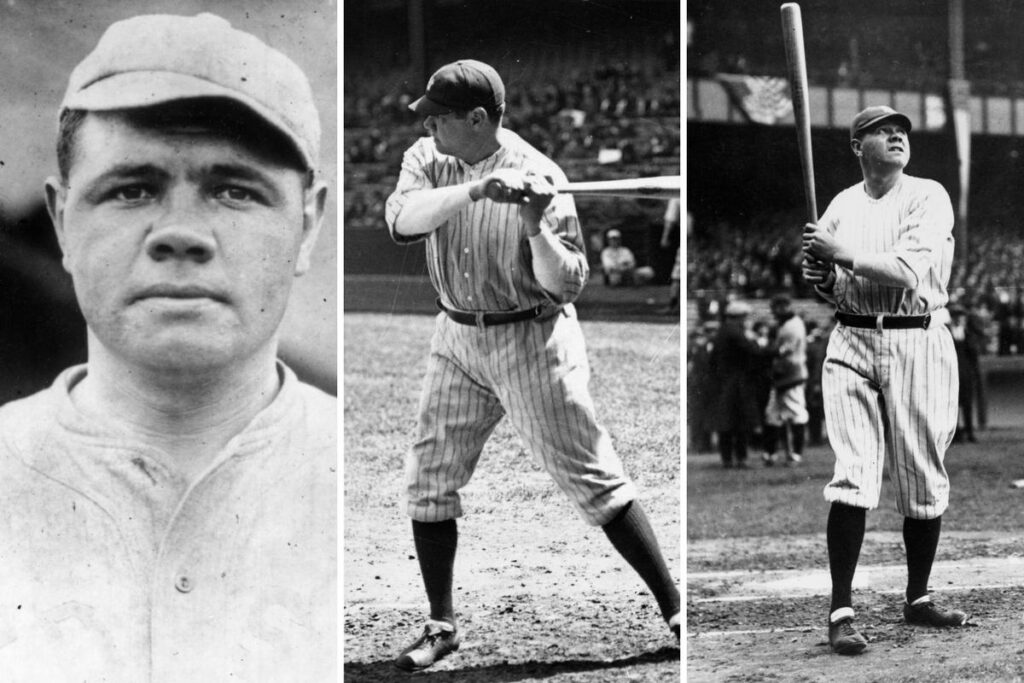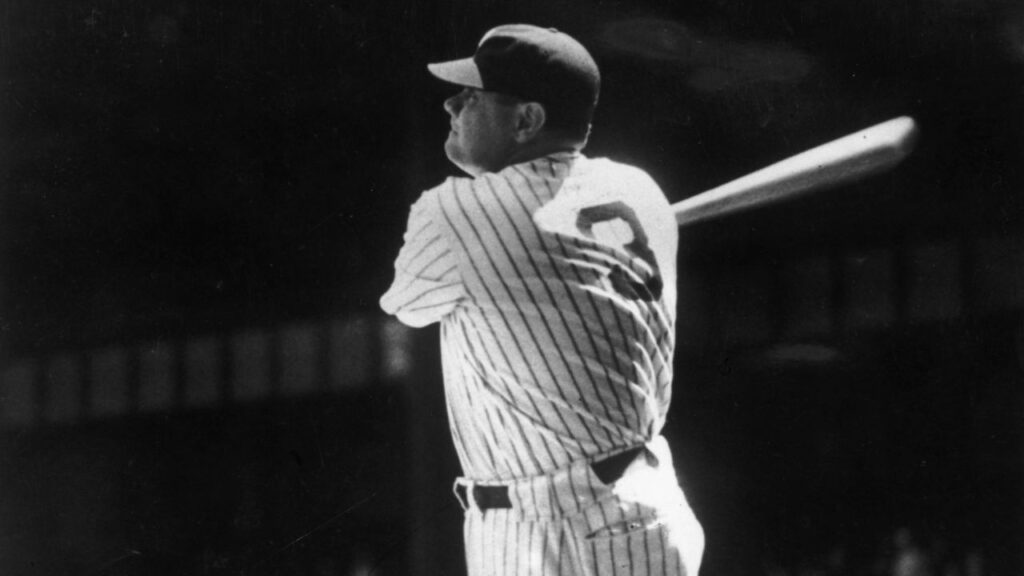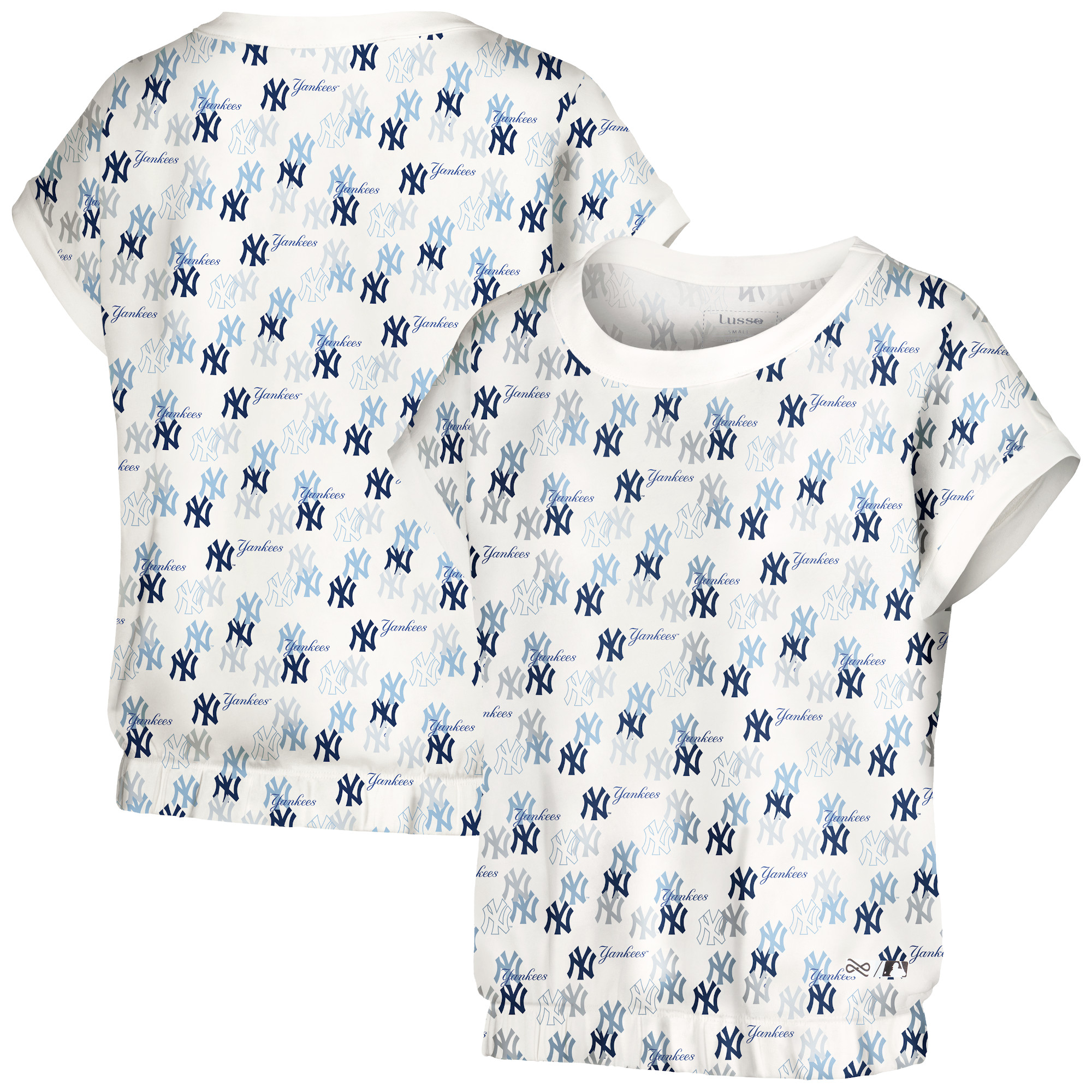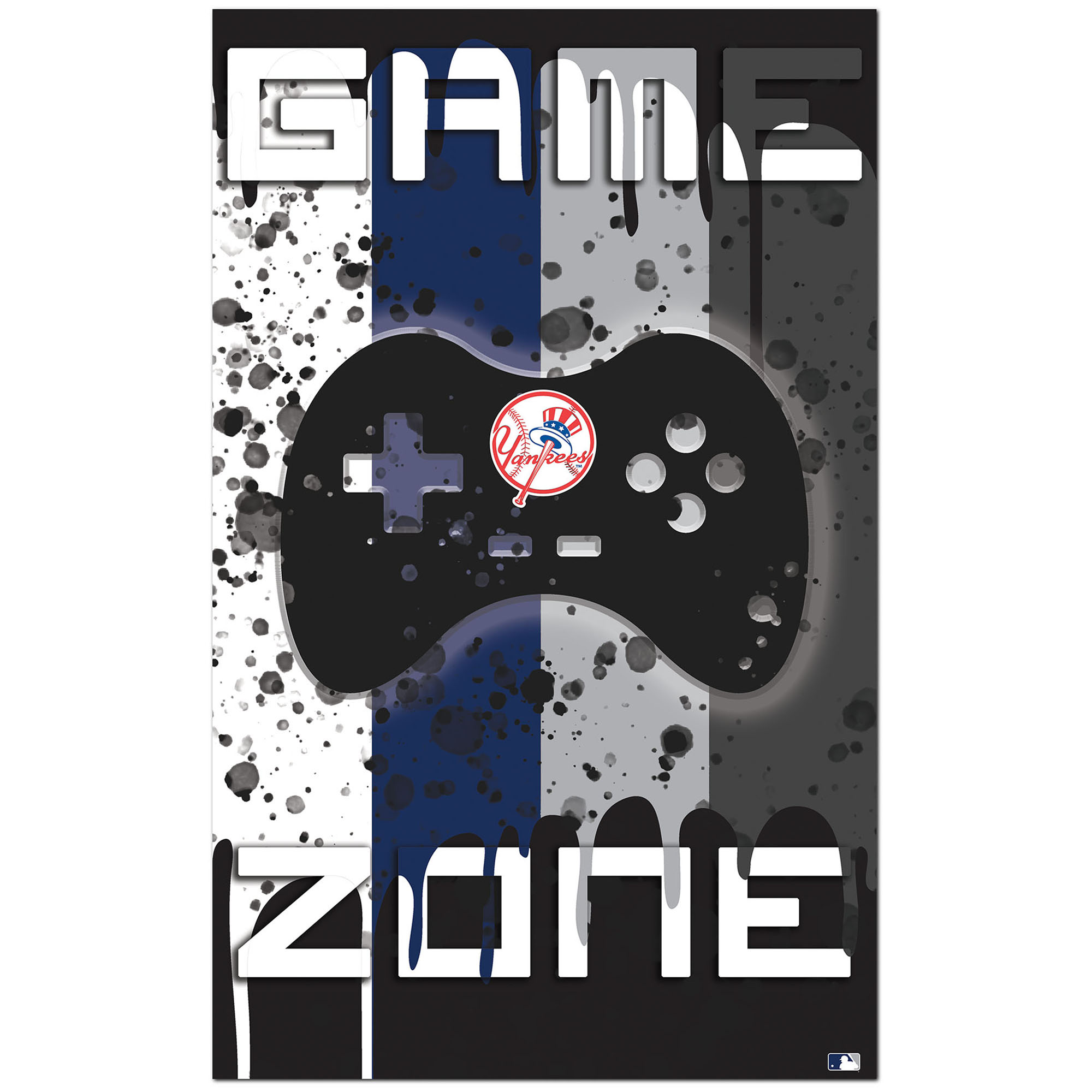In the pantheon of American sports legends, few names evoke as much reverence and admiration as Babe Ruth. Known as “The Sultan of Swat,” “The Colossus of Clout,” and simply “The Babe,” George Herman Ruth Jr. was more than just a baseball player; he was a cultural phenomenon who transformed the sport and captured the imagination of a nation. Over the course of his career, Ruth not only set records but also changed the way people viewed baseball, elevating it to America’s pastime. This article delves into the life, career, and enduring legacy of Babe Ruth, a man whose impact on baseball remains unparalleled nearly a century after his last game.

Early Life and Humble Beginnings
Born on February 6, 1895, in Baltimore, Maryland, George Herman Ruth Jr. came from humble beginnings. The son of German immigrants, Ruth’s early years were marked by poverty, hardship, and a rebellious streak that made him difficult to control. His parents, who ran a tavern, found it challenging to manage their son, whose antics eventually led them to send him to St. Mary’s Industrial School for Boys, a reformatory and orphanage run by Catholic monks. It was there, under the guidance of Brother Matthias, a kindly and towering figure at the school, that Ruth’s passion and talent for baseball began to emerge. Brother Matthias taught Ruth the fundamentals of the game, recognizing that his natural athletic ability and strength were gifts that needed nurturing.
At St. Mary’s, Ruth’s potential was so evident that he quickly became the star player in the school’s baseball program. By the time he was 19, his prowess on the field had caught the attention of Jack Dunn, the owner of the Baltimore Orioles, a minor league team. In 1914, Dunn signed Ruth to his first professional contract. Ruth’s teammates called him “Dunn’s new babe,” a nickname that would follow him for the rest of his life. Shortly after joining the Orioles, he was sold to the Boston Red Sox, where his major league career officially began.
Early Years with the Boston Red Sox
Ruth joined the Boston Red Sox as a pitcher, quickly distinguishing himself as one of the best young arms in baseball. By 1916, he had led the American League in ERA, finishing the season with a stellar 1.75. As a pitcher, Ruth was known for his powerful left arm and a competitive spirit that made him dominant on the mound. However, his true potential would reveal itself not as a pitcher but as a hitter.
It was during his time with the Red Sox that Ruth began to shift from pitcher to outfielder, primarily so that he could play in more games and take advantage of his extraordinary power at the plate. By 1919, Ruth had set a single-season record by hitting 29 home runs, an impressive feat in what was still considered the “dead-ball era” of baseball. His home run prowess signaled the start of a new style of baseball, one that emphasized power hitting and high scores over the small-ball strategies of the past.
The Move to the New York Yankees and the Rise of a Legend
In 1920, Ruth’s career took a dramatic turn when the Red Sox sold him to the New York Yankees for a then-unheard-of sum of $100,000. This transaction, now one of the most infamous in sports history, marked the beginning of a prolonged period of success for the Yankees and a curse for the Red Sox, who wouldn’t win another World Series until 2004.
With the Yankees, Ruth became a national sensation. His larger-than-life personality, coupled with his incredible home run hitting, drew fans to stadiums across the country. In his first season with the Yankees, he shattered his previous home run record, hitting 54 home runs. The following year, he upped the record to 59, and by 1927, he set a record with 60 home runs in a single season—a milestone that would stand for 34 years.
Ruth’s ability to hit home runs transformed baseball and attracted new fans to the game. Before Ruth, baseball was dominated by pitching and low scores, with players relying on singles, bunts, and steals to win games. Ruth, however, was a showman who understood the value of spectacle. His home runs were dramatic, towering shots that made the crowd roar, and his personality on and off the field made him a fan favorite.
Ruth’s Impact on Baseball and Popular Culture
Ruth’s influence extended far beyond the baseball diamond. In the 1920s, he became a cultural icon, a symbol of the roaring economy and the anything-goes spirit of the Jazz Age. The press followed his every move, and his exploits—both heroic and infamous—became the stuff of legend. Ruth was known for his excessive lifestyle; he loved food, drink, and socializing, and his appetite for life was as big as his swing. Despite his sometimes raucous behavior, Ruth’s charm endeared him to fans, and he became a beloved figure across the nation.
Ruth was also a pioneer in sports endorsements, becoming one of the first athletes to leverage his fame for lucrative advertising deals. He endorsed everything from candy bars to cars, and his influence helped shape the modern notion of the athlete as a celebrity. He also worked tirelessly with children, regularly visiting hospitals and orphanages, and supporting youth baseball programs. His kindness and accessibility further cemented his status as a hero to generations of young fans.
The Decline and Retirement
By the early 1930s, Ruth’s age and lifestyle began to catch up with him. His performance on the field started to decline, and though he still hit home runs, his numbers were no longer the astronomical figures of his prime years. In 1934, after a few seasons of diminished performance, Ruth left the Yankees. He joined the Boston Braves in 1935 but played only a handful of games before announcing his retirement from baseball.
Ruth had hoped to transition into a managerial role, but he never received the opportunity he desired, possibly due to his unpredictable nature and lack of a formal education. Despite this disappointment, Ruth’s legacy as a player was already secure. He retired with a career total of 714 home runs, a record that would stand for nearly 40 years until it was broken by Hank Aaron in 1974.
The Legacy of Babe Ruth
Babe Ruth’s impact on baseball is unparalleled. He transformed the sport into a spectacle and redefined what it meant to be a professional athlete. His record-breaking home runs, along with his vibrant personality, turned him into a national icon and helped popularize baseball as America’s pastime. Ruth’s influence also extended into how baseball was played, with a shift toward power hitting and away from the strategic, small-ball style that had previously dominated the game.
Even after his passing from cancer in 1948, Ruth’s legacy has endured. His name is still synonymous with greatness, and his influence on the sport remains evident. Ruth was one of the inaugural inductees into the Baseball Hall of Fame in 1936, and his legend has only grown in the decades since. Stories of his remarkable feats, both on and off the field, continue to captivate fans, and his image is preserved in everything from film to literature to memorabilia.
Babe Ruth is often compared to other all-time greats, yet few athletes have managed to capture the public’s imagination the way he did. He was more than a baseball player; he was an embodiment of the American Dream, rising from a rough beginning to become a national hero. Ruth’s career serves as a reminder of the power of resilience and the joy of sport, capturing an era in American history when baseball was at the center of cultural life.
Babe Ruth in the Modern Era
Today, Babe Ruth’s influence can still be seen in the way baseball is played and celebrated. Power hitters are among the most celebrated players in the league, and the home run remains one of the most exciting plays in baseball. Ruth’s impact on the business of sports is also apparent in the celebrity status of modern athletes, who, like Ruth, often serve as role models and ambassadors for their sports.
While other players have surpassed Ruth’s records, his place in history remains secure. To this day, he is held up as the standard by which other players are measured, not just for his statistics but for the charisma, excitement, and transformative influence he brought to the game. Babe Ruth was a true original, a figure who changed baseball forever and left a legacy that will endure as long as the game is played.
Conclusion
Babe Ruth was more than just a baseball player; he was a trailblazer whose influence extended beyond the sport and into the heart of American culture. From his humble beginnings in Baltimore to his rise as one of the most celebrated athletes in history, Ruth’s story is one of resilience, skill, and an insatiable love for the game. He brought baseball to new heights, made it a national pastime, and showed that sports could be both a profession and a spectacle. His name is etched into the fabric of American sports, and his legacy lives on, inspiring generations of fans and athletes alike.
-

Women’s Black New York Yankees Duffel Bag
$199.99 Buy Now -

New York Yankees 12″ x 12″ Concealment Case
$47.99 Buy Now -

Women’s Cutter & Buck White New York Yankees DryTec Forge Stretch Polo
$94.99 Buy Now -

Men’s New Era Navy New York Yankees 2023 75th Old-Timers’ Day Authentic Collection On-Field 59FIFTY Fitted Hat
$43.99 Buy Now -

Men’s ’47 Heathered Navy New York Yankees Fanzone Club T-Shirt
$29.99 Buy Now -

Women’s Lusso White New York Yankees Madge Dolman Tri-Blend T-Shirt
$87.99 Buy Now -

Men’s New Era New York Yankees Top Hat Neo 39THIRTY Flex Hat
$31.99 Buy Now -

New York Yankees 11″ x 19″ Grunge Wall Art
$36.99 Buy Now

